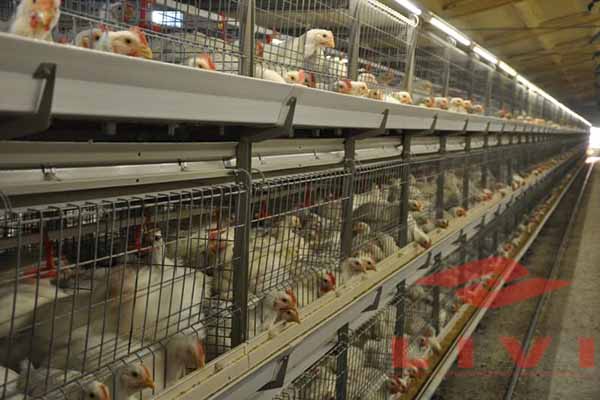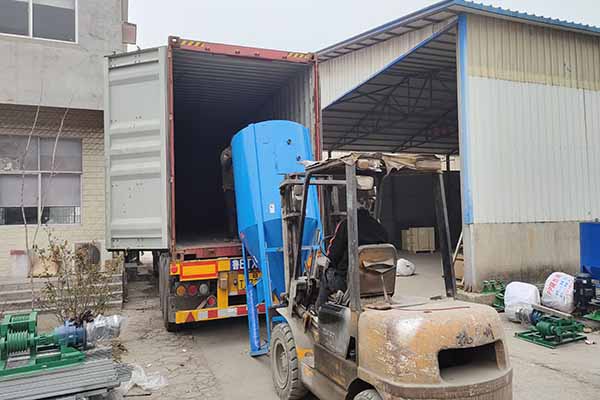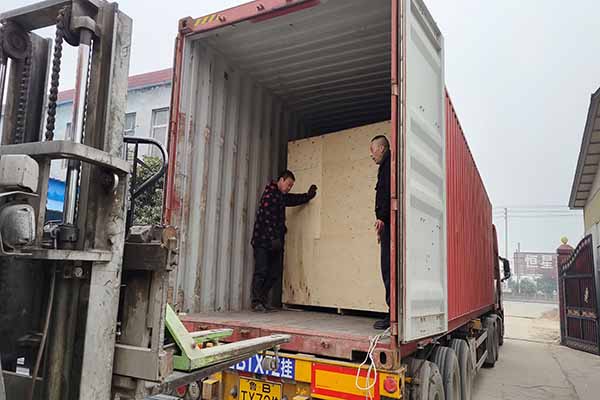Optimizing Chicken Battery Cages for a 400,000 Chicken Operation in Zambia
In the bustling poultry industry of Zambia, efficient and scalable chicken battery cage systems are crucial for large-scale operations like a 400,000 chicken farm. This article explores the key considerations and benefits of implementing advanced battery cage systems for such a massive poultry venture.
Understanding Chicken Battery Cages
Chicken battery cages are designed to provide a controlled environment for broiler chickens. These cages are typically made of metal and are stacked vertically to maximize space utilization. For a farm housing 400,000 chickens, the right cage design is essential for optimal health, growth, and productivity.

Key Considerations for 400,000 Chicken Battery Cages
- Cage Capacity: Each cage must be designed to accommodate a specific number of chickens, ensuring proper ventilation and space for movement. For instance, a typical cage may hold around 30 chickens.
- Airflow and Ventilation: Proper airflow is crucial for preventing respiratory diseases and maintaining optimal conditions for the chickens. High-quality ventilation systems should be installed to ensure a fresh environment.
- Material Quality: The durability of the battery cage is vital. High-quality, rust-resistant materials like stainless steel are recommended for long-lasting performance.
- Automated Feeding and Watering Systems: Automation can significantly reduce labor costs and increase efficiency. Implementing automated feeding and watering systems can help ensure that the chickens receive the necessary nutrition and hydration.
- Health Monitoring: Regular health checks are crucial for a large-scale operation. Implementing a system for monitoring the health of the chickens can help identify potential issues early on.
Benefi ts of Advanced Battery Cages for 400,000 Chicken Farms
ts of Advanced Battery Cages for 400,000 Chicken Farms
Implementing advanced battery cages for a 400,000 chicken farm in Zambia offers several benefits:
- Space Efficiency: Stacking cages vertically maximizes space utilization, making it possible to house a large number of chickens in a limited area.
- Health Benefits: Proper ventilation and hygiene reduce the risk of disease outbreaks, leading to healthier chickens.
- Cost-Effectiveness: Automation and efficient use of resources can help reduce operational costs in the long run.
- Environmental Impact: A controlled environment reduces waste and the need for antibiotics, making the operation more sustainable.
Conclusion
Optimizing chicken battery cages for a 400,000 chicken operation in Zambia requires careful planning and consideration of key factors. By implementing advanced, high-quality cage systems, poultry farms can achieve increased productivity, cost savings, and sustainability.

For more information and to obtain a free poultry farming design plan and equipment quote, please leave a comment below or contact us directly.




